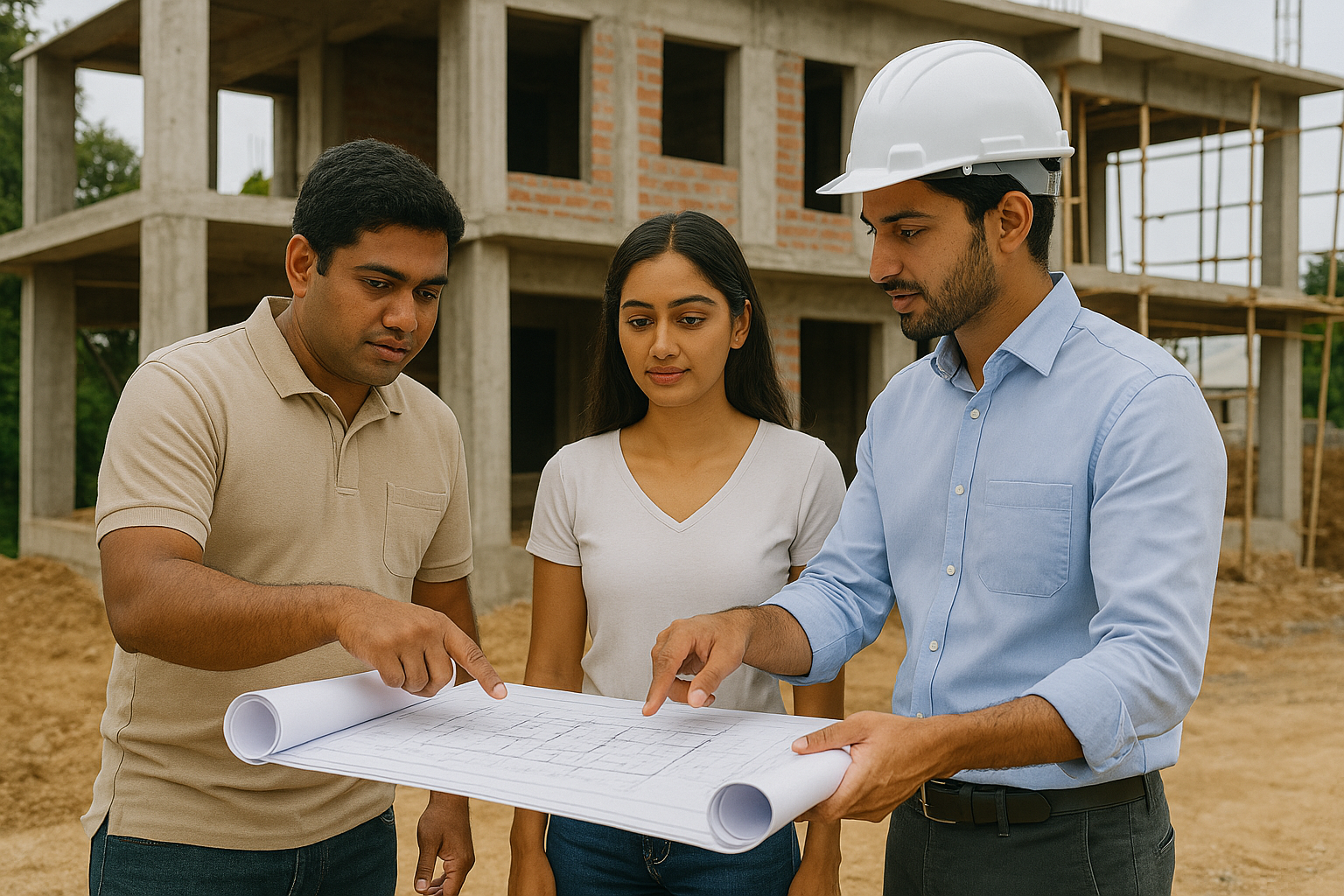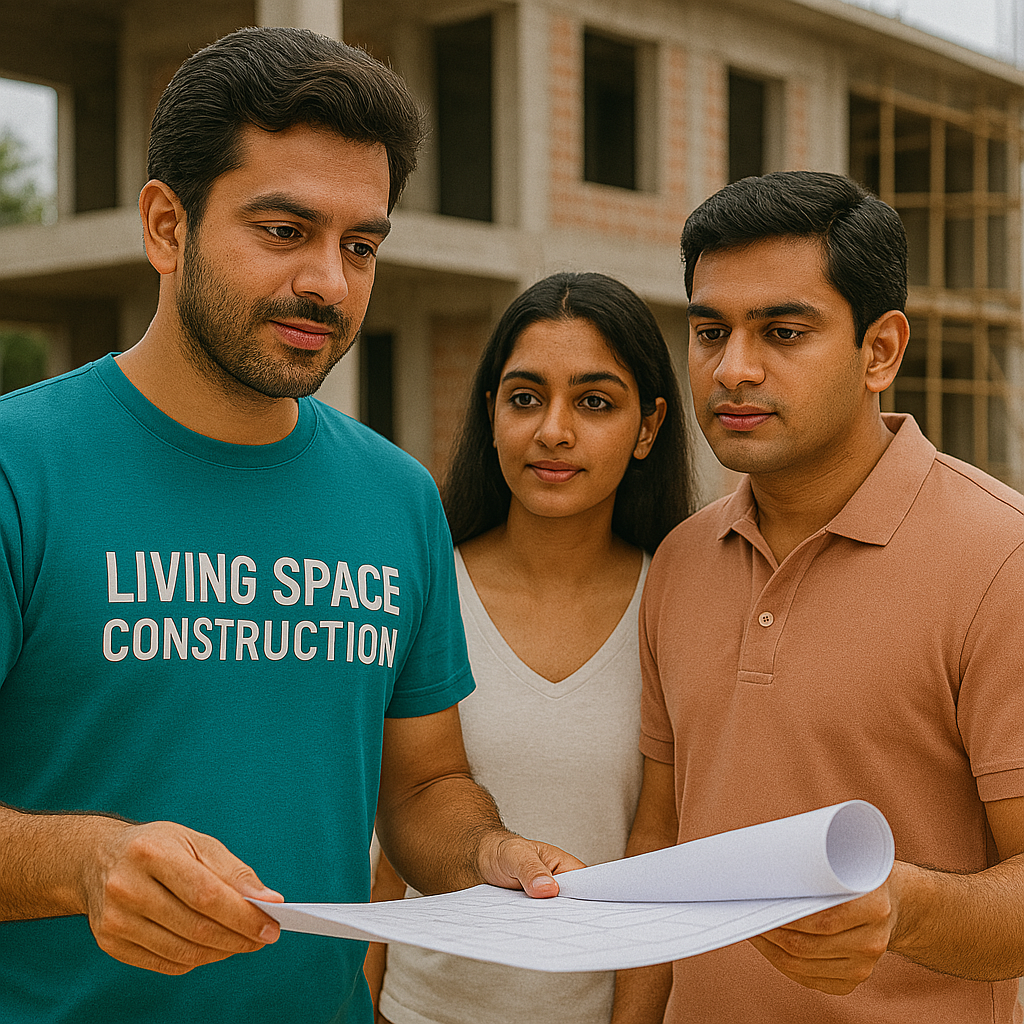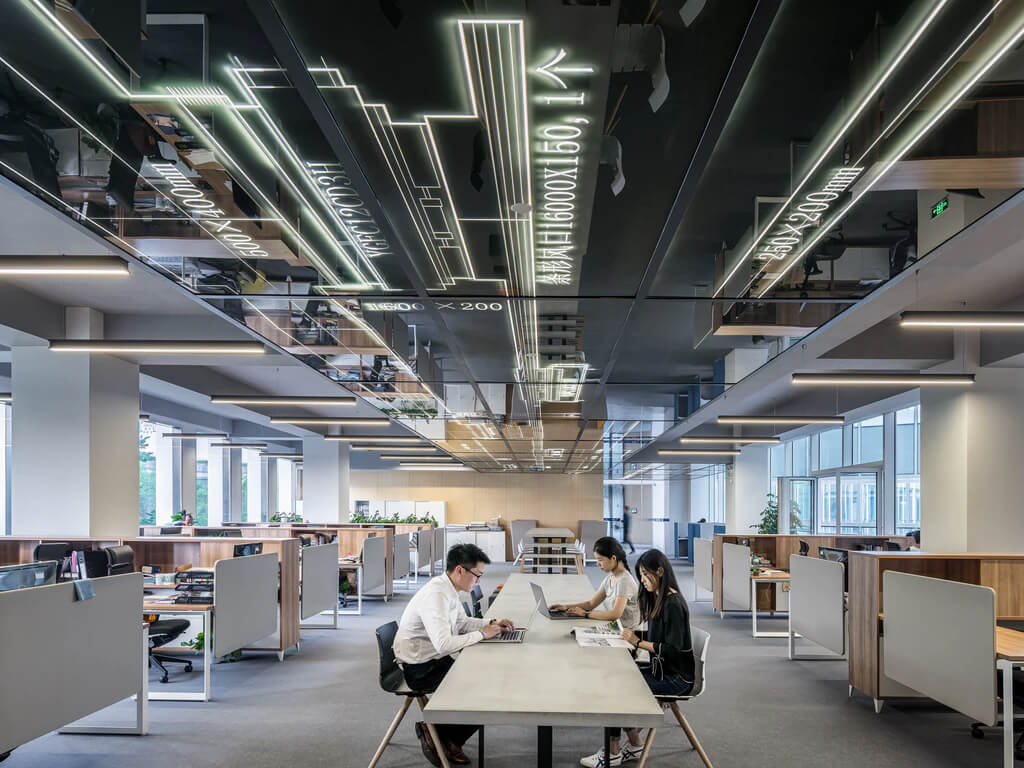
Why does dampness still appear at the bottom of walls even after taking all necessary precautions during construction?
Even after taking precautions, dampness at the bottom of walls can still occur due to a few hidden or overlooked reasons. One of the most common causes is capillary action, where moisture from the soil rises up through the masonry if the DPC (Damp Proof Course) layer is damaged, poorly done, or skipped altogether. Even if the DPC is applied, if there's a break or gap anywhere—especially at junctions or around plumbing lines—water can seep through.
Another reason could be external water accumulation near the foundation—like poor site drainage, sloped land directing water toward the house, or nearby leaking pipes. Over time, this moisture finds its way into the foundation and creeps up the walls. Also, plastering or flooring before the walls are fully dried after construction can trap moisture inside. In short, even with precautions, execution quality, material choice, and long-term exposure to moisture all play a role in dampness issues. Regular site inspections and attention to small details during foundation and early stages are key to preventing it completely.






